I. J. Bahl1580533094, 9781580533096, 9781580536615
Table of contents :
Lumped Elements for RF
and Microwave Circuits……Page 4
Copyright……Page 5
Contents……Page 8
Preface……Page 18
Acknowledgments……Page 20
1.1 History of Lumped Elements……Page 22
1.2 Why Use Lumped Elements for RF and Microwave Circuits?……Page 23
1.3 L, C, R Circuit Elements……Page 25
1.4 Basic Design of Lumped Elements……Page 27
1.4.1 Capacitor……Page 28
1.4.3 Resistor……Page 29
1.5 Lumped- Element Modeling……Page 30
1.6 Fabrication……Page 32
1.7 Applications……Page 33
References……Page 34
2.1 Introduction……Page 38
2.2.2 Magnetic Energy……Page 39
2.2.4 Effective Inductance……Page 41
2.2.6 Time Constant……Page 42
2.2.7 Quality Factor……Page 43
2.2.11 Other Parameters……Page 44
2.3 Inductor Configurations……Page 45
2.4.1 Analytical Models……Page 46
2.4.2 Coupled- Line Approach……Page 49
2.4.3 Mutual Inductance Approach……Page 55
2.4.4 Numerical Approach……Page 57
2.4.5 Measurement- Based Model……Page 59
2.5.1 Low- Resistivity Substrates……Page 66
2.5.2 High- Resistivity Substrates……Page 67
2.6.1 Series and Parallel Representations……Page 71
2.6.2 Network Representations……Page 72
References……Page 73
3 Printed Inductors……Page 78
3.1 Inductors on Si Substrate……Page 79
3.1.1 Conductor Loss……Page 81
3.1.2 Substrate Loss……Page 84
3.1.3 Layout Considerations……Page 85
3.1.4 Inductor Model……Page 86
3.1.5 Q- Enhancement Techniques……Page 90
3.1.6 Stacked- Coil Inductor……Page 101
3.1.7 Temperature Dependence……Page 105
3.2 Inductors on GaAs Substrate……Page 107
3.2.1 Inductor Models……Page 108
3.2.3 Comprehensive Inductor Data……Page 109
3.2.4 Q- Enhancement Techniques……Page 125
3.2.5 Compact Inductors……Page 133
3.2.6 High Current Handling Capability Inductors……Page 137
3.3 Printed Circuit Board Inductors……Page 139
3.4.1 Thin- Film Inductors……Page 142
3.4.2 Thick- Film Inductors……Page 145
3.4.3 LTCC Inductors……Page 147
3.5 Ferromagnetic Inductors……Page 148
References……Page 150
4.1.1 Analytical Expressions……Page 158
4.1.2 Compact High- Frequency Inductors……Page 165
4.2 Bond Wire Inductor……Page 167
4.2.1 Single and Multiple Wires……Page 168
4.2.2 Wire Near a Corner……Page 171
4.2.3 Wire on a Substrate Backed by a Ground Plane……Page 172
4.2.4 Wire Above a Substrate Backed by a Ground Plane……Page 174
4.2.5 Curved Wire Connecting Substrates……Page 175
4.2.7 Maximum Current Handling of Wires……Page 176
4.3.2 Measurement- Based Model for Air Core Inductors……Page 177
4.3.3 Measurement- Based Model for Bond Wires……Page 179
4.4 Magnetic Materials……Page 181
References……Page 182
5.1 Introduction……Page 184
5.2.1 Capacitor Value……Page 186
5.2.4 Temperature Coefficient……Page 187
5.2.7 Series and Parallel Resonances……Page 188
5.2.11 Rated Current……Page 191
5.3.1 Multilayer Dielectric Capacitor……Page 192
5.3.2 Multiplate Capacitor……Page 193
5.4.1 Vertically Mounted Series Capacitor……Page 194
5.4.2 Flat- Mounted Series Capacitor……Page 197
5.4.3 Flat- Mounted Shunt Capacitor……Page 198
5.4.4 Measurement- Based Model……Page 199
5.5.2 Maximum RF Current Rating……Page 202
5.5.3 Maximum Power Dissipation……Page 203
5.6.1 Series and Shunt Connections……Page 206
5.6.2 Network Representations……Page 208
References……Page 209
6 Monolithic Capacitors……Page 212
6.1 MIM Capacitor Models……Page 213
6.1.1 Simple Lumped Equivalent Circuit……Page 214
6.1.2 Coupled Microstrip- Based Distributed Model……Page 215
6.1.3 Single Microstrip- Based Distributed Model……Page 219
6.1.4 EC Model for MIM Capacitor on Si……Page 223
6.1.5 EM Simulations……Page 225
6.2 High- Density Capacitors……Page 227
6.2.1 Multilayer Capacitors……Page 229
6.2.2 Ultra- Thin- Film Capacitors……Page 232
6.2.4 Fractal Capacitors……Page 233
6.2.5 Ferroelectric Capacitors……Page 235
6.3 Capacitor Shapes……Page 237
6.3.1 Rectangular Capacitors……Page 238
6.3.3 Octagonal Capacitors……Page 239
6.4.1 Q- Enhancement Techniques……Page 241
6.4.3 Maximum Power Handling……Page 244
References……Page 248
7 Interdigital Capacitors……Page 250
7.1.1 Approximate Analysis……Page 251
7.1.2 J- Inverter Network Equivalent Representation……Page 256
7.1.3 Full- Wave Analysis……Page 257
7.1.4 Measurement- Based Model……Page 259
7.2.1 Compact Size……Page 260
7.2.2 Multilayer Capacitor……Page 262
7.2.3 Q- Enhancement Techniques……Page 265
7.2.4 Voltage Tunable Capacitor……Page 268
7.3 Interdigital Structure as a Photodetector……Page 270
References……Page 272
8.1 Introduction……Page 274
8.2.1 Power Rating……Page 276
8.2.4 Maximum Working Voltage……Page 277
8.3 Resistor Types……Page 278
8.3.3 Monolithic Resistors……Page 279
8.4 High- Power Resistors……Page 286
8.5 Resistor Models……Page 288
8.5.1 EC Model……Page 289
8.5.2 Distributed Model……Page 290
8.5.3 Meander Line Resistor……Page 291
8.6.2 Electrical Representations……Page 293
8.7 Effective Conductivity……Page 295
References……Page 297
9.1.1 Via Hole Connection……Page 300
9.1.2 Via Hole Ground……Page 302
9.2 Via Hole Models……Page 303
9.2.1 Analytical Expression……Page 304
9.2.2 Quasistatic Method……Page 305
9.2.3 Parallel Plate Waveguide Model……Page 307
9.2.4 Method of Moments……Page 308
9.2.5 Measurement- Based Model……Page 310
9.3 Via Fence……Page 311
9.3.2 Radiation from Via Ground Plug……Page 314
9.5 Via Hole Layout……Page 315
References……Page 317
10.1 Airbridge and Crossover……Page 320
10.2.1 Quasistatic Method……Page 322
10.2.2 Full- Wave Analysis……Page 327
10.3.1 Analytical Model……Page 329
10.3.2 Measurement- Based Model……Page 331
References……Page 336
11 Transformers and Baluns……Page 338
11.1.1 Parameters Definition……Page 339
11.1.2 Analysis of Transformers……Page 340
11.1.3 Ideal Transformers……Page 343
11.1.4 Equivalent Circuit Representation……Page 344
11.1.5 Equivalent Circuit of a Practical Transformer……Page 346
11.1.6 Wideband Impedance Matching Transformers……Page 347
11.2.1 Tapped Coil Transformers……Page 350
11.3 Transmission- Line Transformers……Page 353
11.4 Ferrite Transformers……Page 357
11.5 Parallel Conductor Winding Transformers on Si Substrate……Page 360
11.6 Spiral Transformers on GaAs Substrate……Page 362
11.6.1 Triformer Balun……Page 365
11.6.2 Planar- Transformer Balun……Page 366
References……Page 370
12.1.1 Filters……Page 374
12.1.2 Hybrids and Couplers……Page 377
12.1.3 Power Dividers/ Combiners……Page 391
12.1.4 Matching Networks……Page 393
12.1.5 Lumped- Element Biasing Circuit……Page 398
12.2 Control Circuits……Page 401
12.2.1 Switches……Page 402
12.2.2 Phase Shifters……Page 408
12.2.3 Digital Attenuator……Page 411
References……Page 413
13.1 Introduction……Page 416
13.1.1 Materials……Page 417
13.1.3 Mask Fabrication……Page 422
13.2 Printed Circuit Boards……Page 423
13.2.1 PCB Fabrication……Page 425
13.3 Microwave Printed Circuits……Page 426
13.3.1 MPC Fabrication……Page 428
13.3.2 MPC Applications……Page 429
13.4.1 Thin- Film MICs……Page 431
13.4.2 Thick- Film Technology……Page 433
13.4.3 Cofired Ceramic and Glass- Ceramic Technology……Page 435
13.5 GaAs MICs……Page 437
13.5.1 MMIC Fabrication……Page 439
13.6 CMOS Fabrication……Page 442
13.7 Micromachining Fabrication……Page 445
References……Page 446
14.1.1 Characteristic Impedance and Effective Dielectric Constant……Page 450
14.1.2 Effect of Strip Thickness……Page 452
14.2 Design Considerations……Page 453
14.2.2 Microstrip Losses……Page 454
14.2.3 Quality Factor Q……Page 456
14.2.4 Enclosure Effect……Page 459
14.2.5 Frequency Range of Operation……Page 464
14.2.6 Power- Handling Capability……Page 465
14.3 Coupled Microstrip Lines……Page 477
14.3.1 Even- Mode Capacitance……Page 478
14.3.2 Odd- Mode Capacitance……Page 479
14.3.4 Effective Dielectric Constants……Page 480
14.4 Microstrip Discontinuities……Page 481
14.5.1 Step- in- Width……Page 482
14.5.2 Chamfered Bend……Page 483
14.5.3 T- Junction……Page 484
References……Page 486
Appendix……Page 490
About the Author……Page 492
Index……Page 494
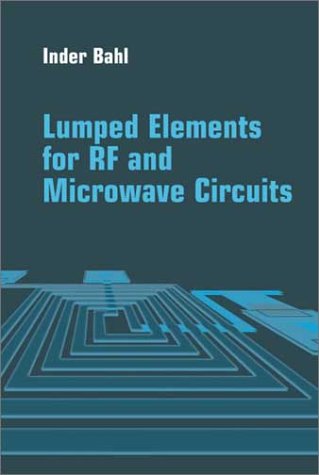
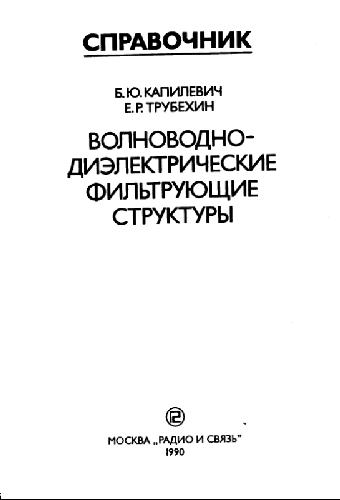
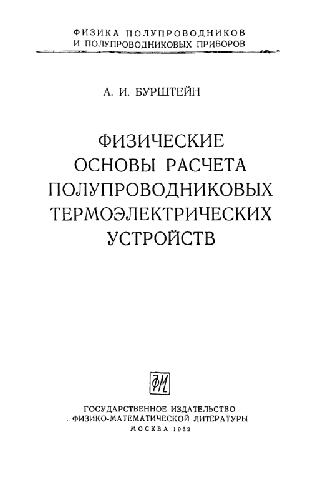

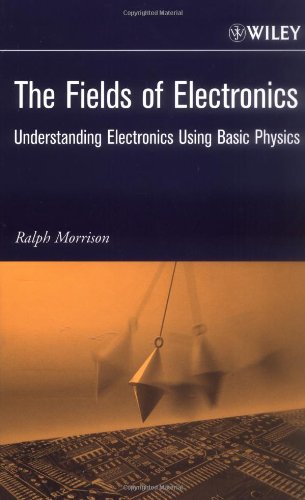
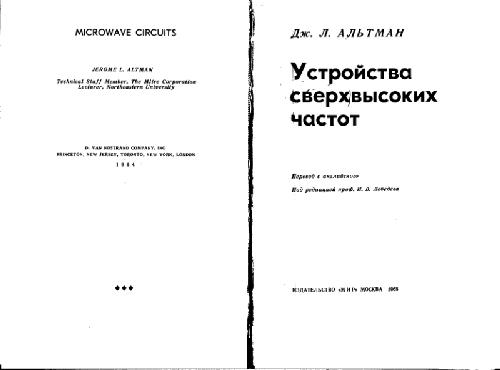
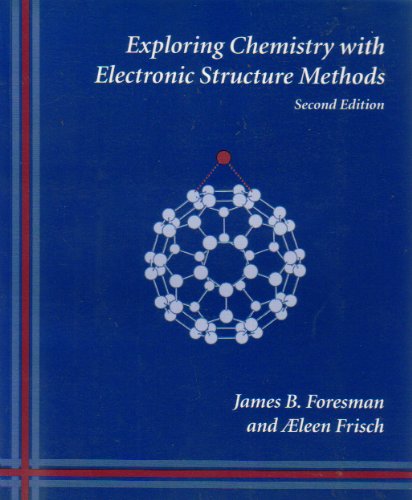
Reviews
There are no reviews yet.